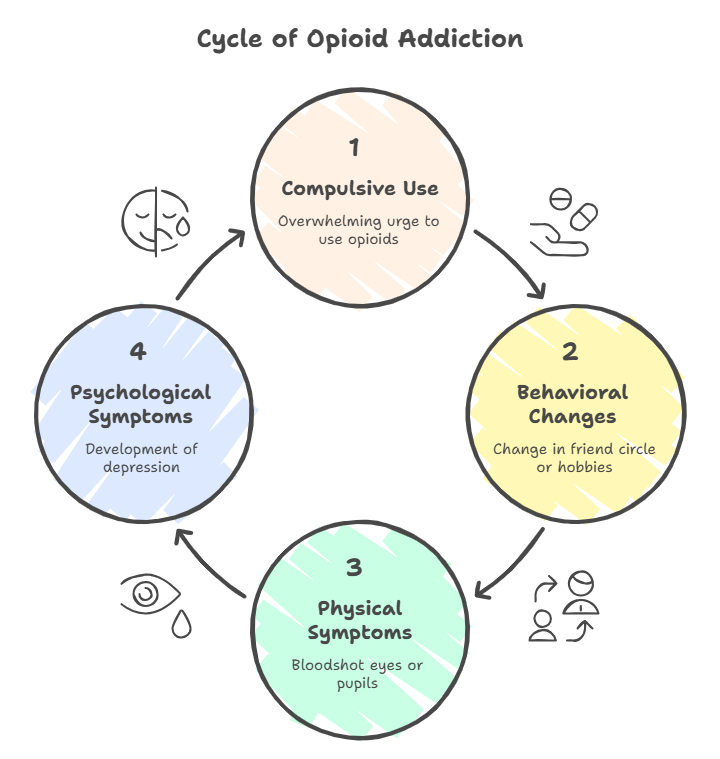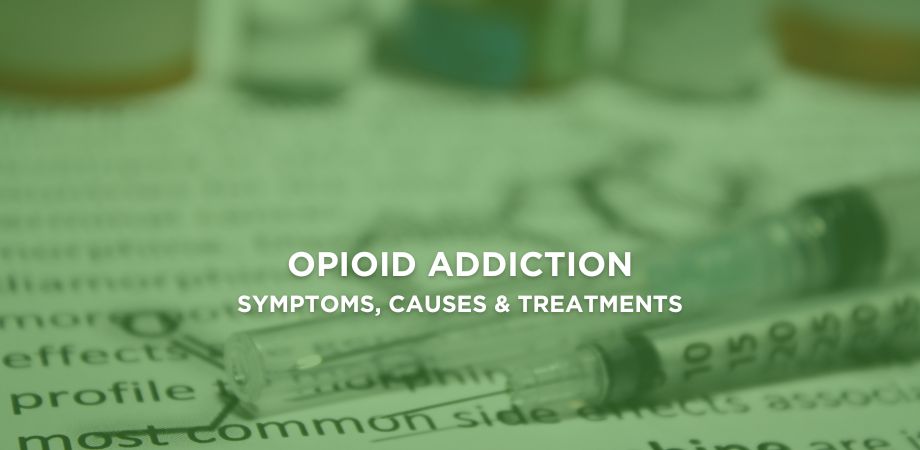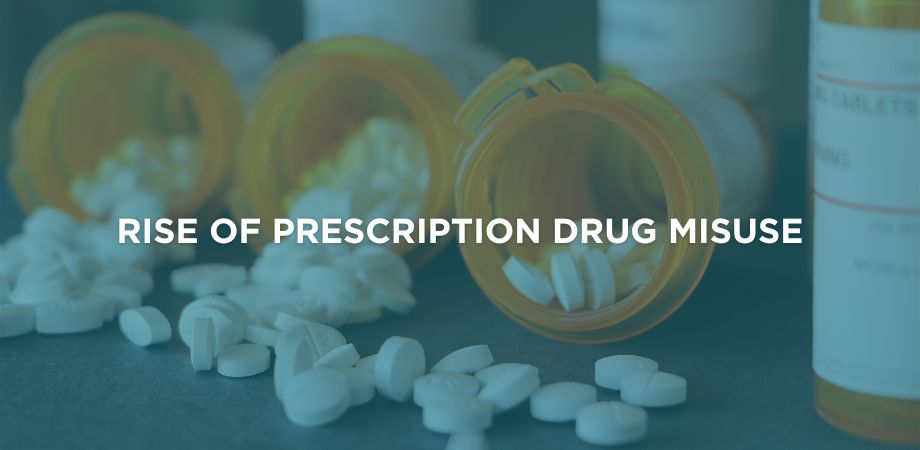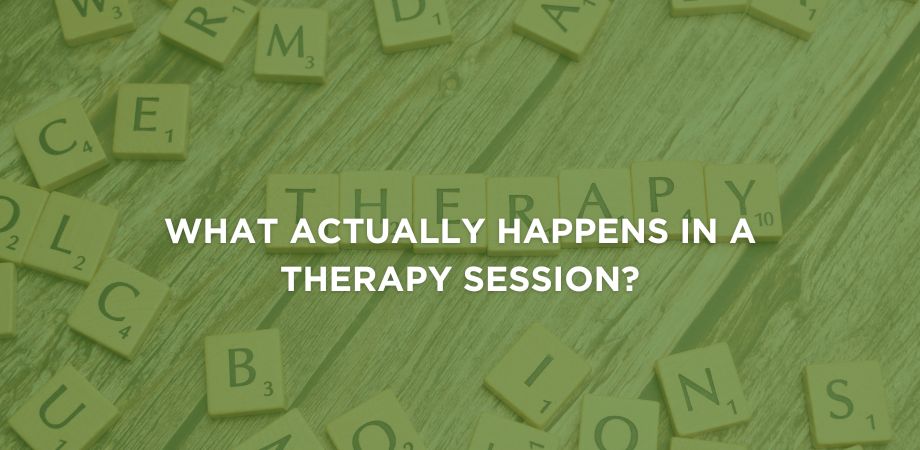Opioid addiction is a chronic mental health condition, commonly referred to as Opioid Use Disorder (OUD). It is caused by the problematic and compulsive pattern of opioid use despite knowing its harmful consequences. Opioids are a class of drugs that include pain relievers, like oxycodone or fentanyl. The drugs activate opioid receptors in the brain to block pain and induce a feeling of pleasure.
Healthcare providers sometimes prescribe these opioids to moderate severe pain. However, they create more dopamine in the body, which gives individuals a sensation of pleasure. For some individuals, it can cause euphoria, but it fades away when the substance wears off. This ultimately makes them resort to more opioids to get the same high, and ultimately, it turns into an addiction.
Opioid addiction is a global crisis, with an estimated 16 million people affected by it. The resulting dependency accounts for 120,000 deaths worldwide every year. In India, 2.1% of the population is addicted to opioids. The number of opioid addicts in India is lower than in the US, but this number may change as pharmaceutical companies target developing markets.
Opioid addiction is a lifelong condition with serious consequences. It can affect any normal person, but it is treatable. Let’s delve into this article and understand more about it.
What are the Signs and Symptoms of Opioid Addiction?
The signs and symptoms of opioid addiction are complex and encompass numerous changes impacting an individual. These symptoms are caused by their compulsive use of opioids.
Common signs and symptoms of opioid addiction include:
Behavioral Signs and Symptoms
- Overwhelming urge to use opioids
- Failed attempt to cut down or control opioid use
- Change in friend circle or hobbies
- Unexpected financial troubles
- Loss of control
- Failure to meet family and work obligations
Physical Signs and Symptoms
- Bloodshot eyes or pupils
- Neglecting personal grooming and hygiene
- Appearing excessively drowsy or fatigued
- Insomnia or excessive sleeping
- Sudden weight loss or gain
- Respiratory problems
Psychological Signs and Symptoms
- Development of depression
- Extreme paranoia and hallucinations
- Mood swings and erratic mood
- Increased anxiety and agitation
- Sudden highs, followed by devastating lows
- Lack of motivation

What are the Causes of Opioid Addiction?
Using opioids changes how the brain’s reward system works due to its increased addiction potential. It is still unknown why some people become addicted to it while others do not. Opioids produce pain relief or a heightened sense of well-being through euphoric experience. Experiencing euphoria may be a major warning of your potential addiction to opioids.
Opioid addiction starts as individuals seek its pleasurable effects. However, with time, these sensations diminish, and the consumption of opioids increases to get the same high. This slowly increases the risk of physical dependence and unpleasant withdrawal symptoms. Additionally, any genetic factors may also increase the risk of drug addiction. For example, if your parent or sibling has an opioid addiction, then you’re more likely to develop it.
The addiction to opioids can happen within 4 to 8 weeks of using an opioid. However, the time varies from one person to another. If you’re prescribed opioids, your doctor will closely monitor you so that there are no addiction or withdrawal symptoms.
What are the Side Effects of Opioid Addiction?
Opioid addiction can cause severe health and life problems. It impacts individuals of all ages, races, and sexes. Some common short-term side effects include nausea, vomiting, constipation, drowsiness, and opioid-induced pain.
The long-term complications of opioid addiction include:
- Overdose: The most severe complication of opioid addiction is overdose, which can cause severe breathing complications or even death.
- Respiratory depression: Opioids impact the amount of air inhaled into your lungs. Breathing may be affected, and there may be a higher build-up of carbon dioxide in your blood.
- Mental problems: Opioid addiction can cause severe mental health disorders, including major depression, anxiety, bipolar disorder, or suicidal ideation. Additionally, it can impair cognitive function, cause paranoia, or erratic mood swings.
- Infectious diseases: High risk of contracting blood-borne diseases, like HIV or Hepatitis C, from sharing needles.
- Organ damage: There is a high potential of liver damage, which can eventually lead to kidney damage.
- Weakened immune system: Opioid consumption makes the immune system more susceptible to infections.
- Cardiovascular problems: Opioid addiction drastically influences the heart rhythms and increases the risk of stroke or heart disease.
- Gastrointestinal issues: It can cause severe constipation, which may be difficult to manage.
- Hormonal disruption: Changes in hormone levels, which can increase fatigue and reduce fertility.
- Legal problems: Owning opioids or consuming without a prescription can lead to arrest, jail time, or legal troubles.
How does Opioid Addiction affect the Brain?
Opioid addiction impacts the brain by hijacking its natural reward system, causing long-term structural and functional changes. Opioids work by attaching to and activating opioid receptors in the brain and major parts of the body. These receptors trigger a massive surge of dopamine, which is a feel-good neurotransmitter. This surge of dopamine gives individuals intense pleasure and euphoria, encouraging repeated use. It is a core mechanism that ultimately drives the cycle of addiction. Chronic opioid use causes lasting changes in decision-making and self-control.
Treatment Options for Opioid Addiction
The best treatment for opioid addiction is a comprehensive approach combining medication with evidence-based behavioral therapies. The main treatments include:
- Detoxification: The first step is to get rid of the harmful opioids from the system. During this time, patients are supervised and supported until they regain their strength.
- Medication-Assisted Treatment (MAT): Medication is a good line of treatment to reduce cravings and lower the risk of relapse. Methadone, Naltrexone, and Buprenorphine are some common medicines prescribed to tackle it.
- Cognitive Behavioral Therapy (CBT): It is a goal-oriented talk therapy that helps individuals understand the cause of their addiction and change the negative pattern.
- Motivational Enhancement Therapy (MET): The therapy is designed to help individuals build motivation to change their opioid use disorder.
- Contingency Management (CM): It uses rewards for meeting specific treatment goals, so that clients are more inclined to change.
- Family Therapy: The therapy aims to resolve any conflicts or issues that are a cause of addiction.
The treatment for opioid addiction can take place in outpatient or inpatient settings. If you want a premier luxury rehab to fight opioid addiction, then Alpha Healing Center is one of the best out there. We onboard highly experienced and qualified staff and follows the latest treatment regimen to achieve the best results.
Are Opioids Legal?
A wide range of opioids is legal if they are prescribed by a healthcare professional. However, possession of opioids without a prescription is illegal. In India, as per the Narcotic Drugs and Psychotropic Substances (NDPS) Act of 1985, illegal possession of opioids is a punishable offense. The possession and consumption of opioids without a prescription can incur a fine of up to ₹10,000. In some cases, individuals can face a six-month prison sentence, alongside a fine.
Frequently Asked Questions
Prescription opioids are very effective in treating acute and chronic pain. The issue arises when individuals start getting euphoric high, leading to dependence on opioids.
No, it is a common misconception, and medications like Buprenorphine or Methadone are employed to stabilize the brain and reduce withdrawal symptoms. MAT helps patients to focus on the treatment and have a better chance of long-term recovery.
Opioid addiction changes the brain reward system, and the brain requires the dopamine from the drug to attain the high. Its long-term use can impair cognitive functions, like attention, memory, or executive function.





